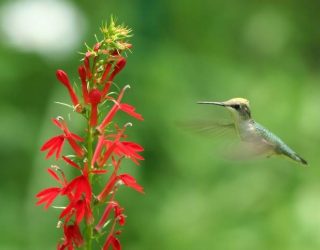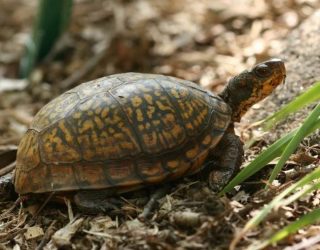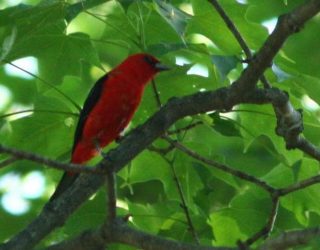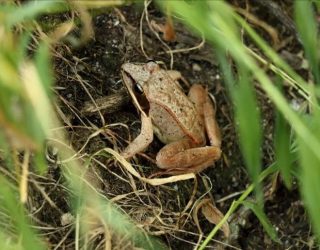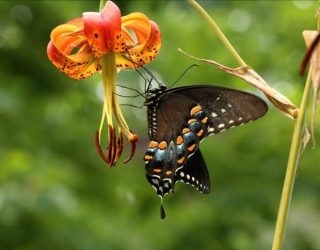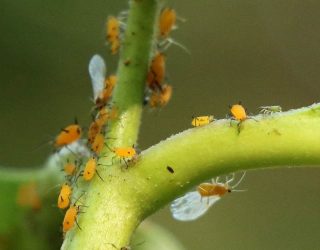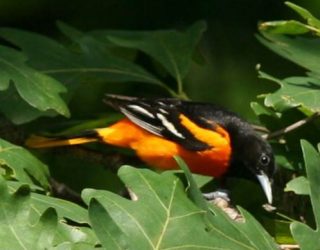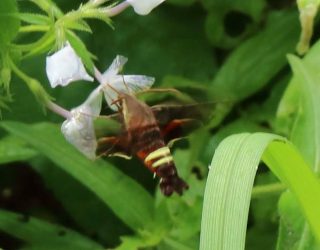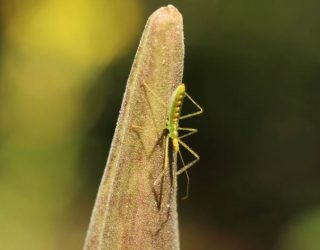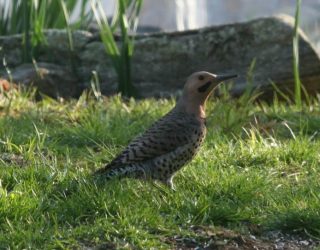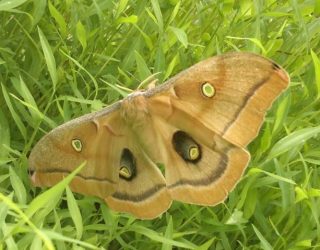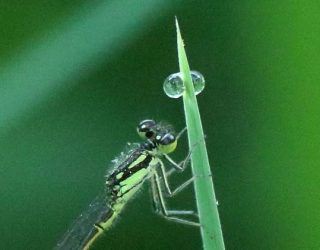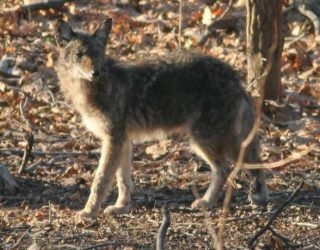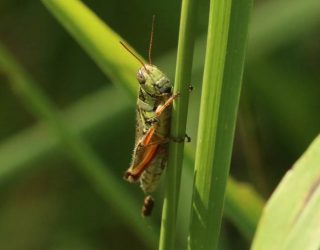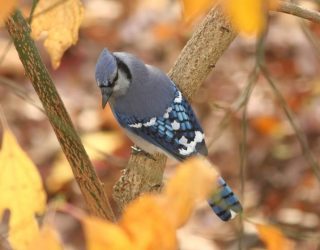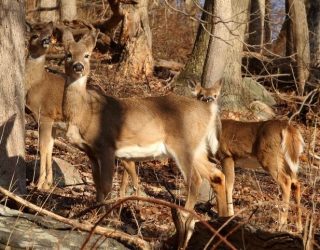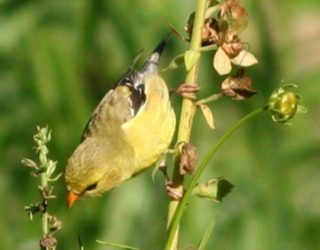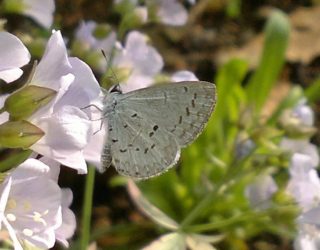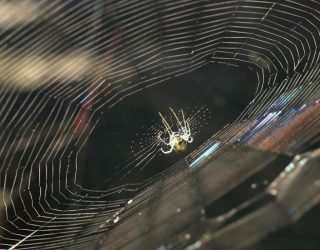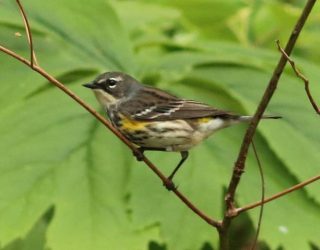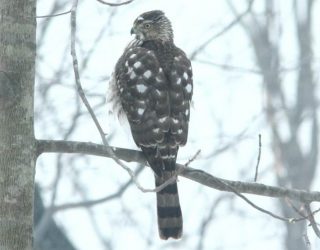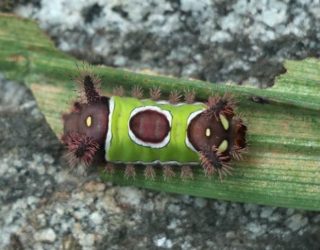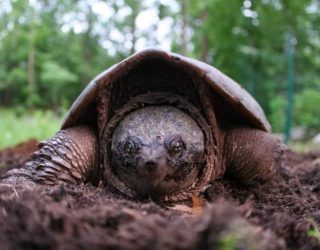GARDENING IN HARMONY WITH NATURE IN THE NORTHEAST
Mostly Native Shade
When we first moved to our woodland home on the countryside near Sleepy Hollow, New York, the shade of large canopy trees felt overwhelming. The forest had completely engulfed the house, and barely a ray of sun would strike the ground. We could not wait to open up a small space for a partly-sunny wildflower meadow, which indeed turned out to be a blast for the two years where annuals and biannual flowers dominated.
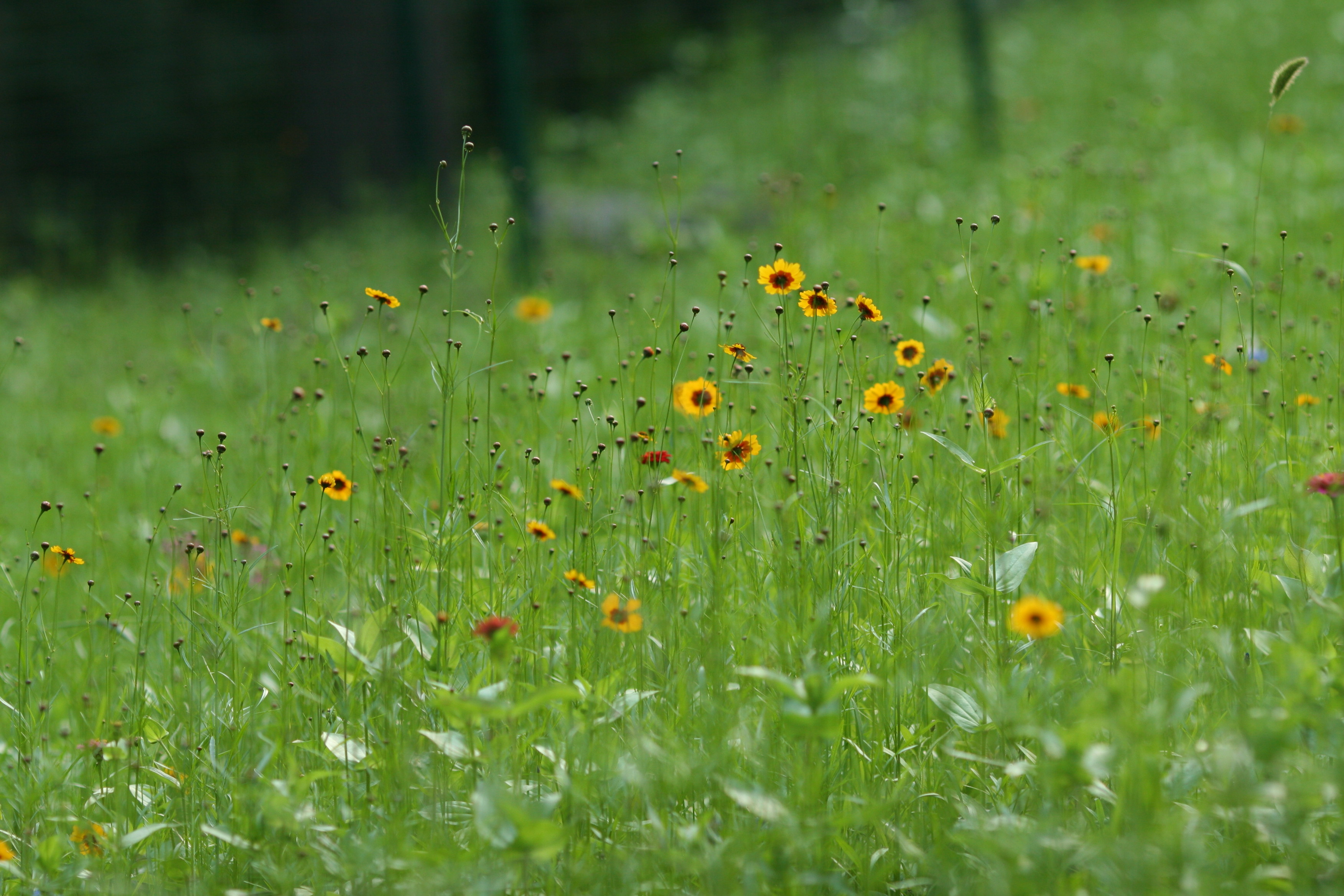
Truth be told, we soon had to learn that this riot of colors was short-lived, and a few species like Indian Grass and Goldenrods would soon dominate, while many exotics would encroach. To perpetuate a wildflower meadow here, constant manual maintenance would be required. This ain’t the Great Plains!
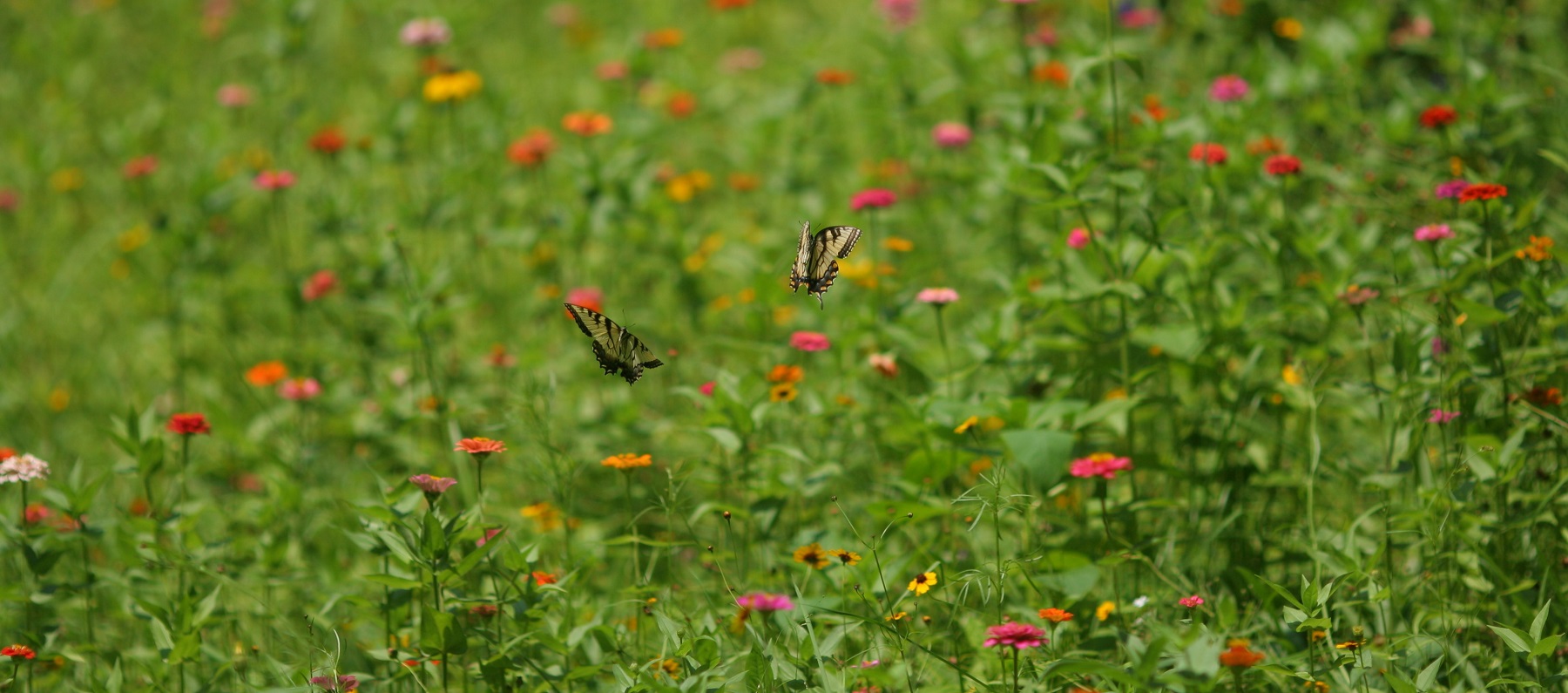
Shortly after our beginner’s experience gardening in the Northeast, Hurricane Sandy “opened up” more sky and slowly but surely we really began to appreciate the canopy giants oak, maple, beech, birch, hickory, and tulip tree, and the subtle beauty their seasonal shade entails in the forest habitat.

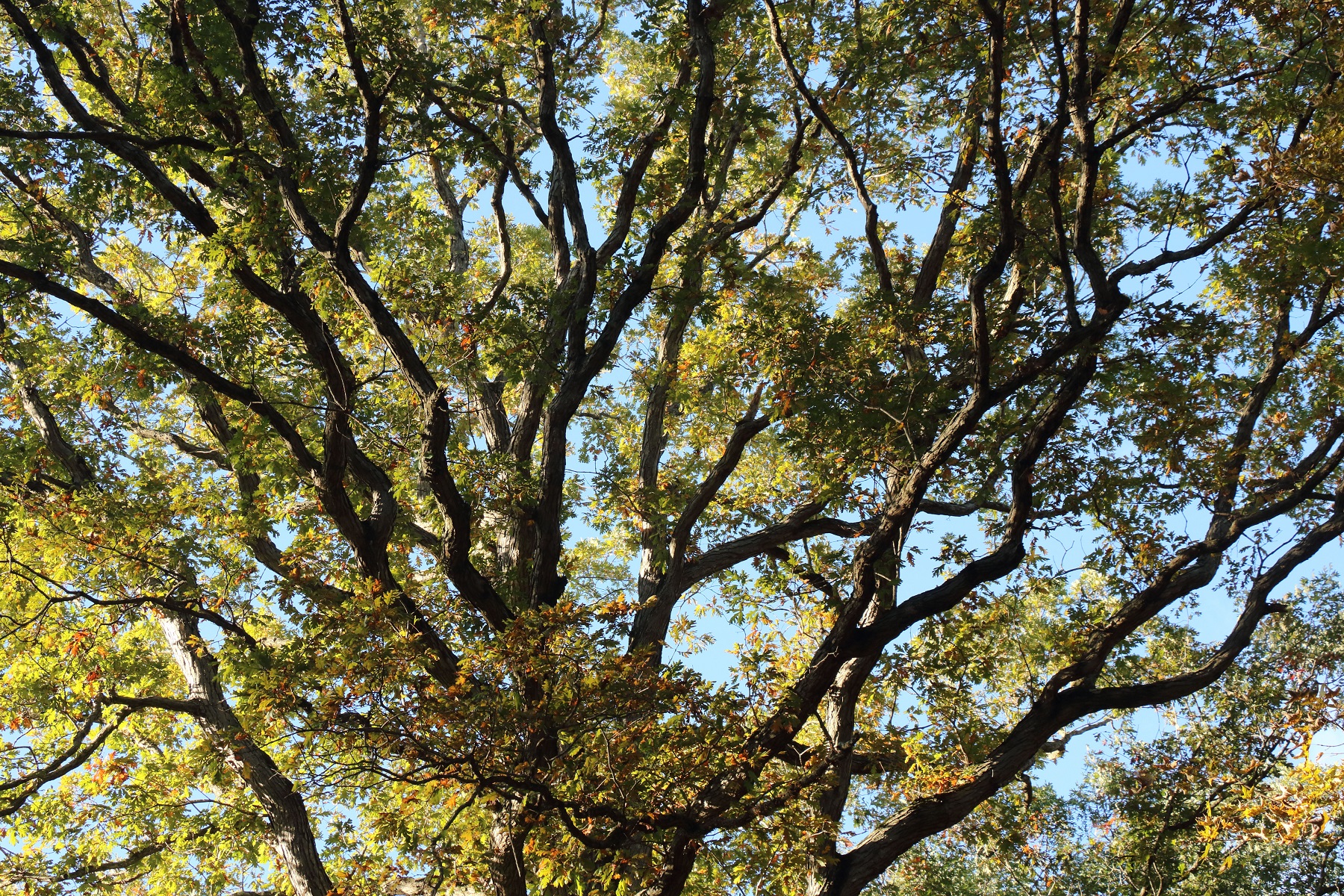
Luckily we are blessed with lots of remaining mature trees, and the gaps are beginning to fill in, partly by expanding giants, and partly by understory trees we planted.
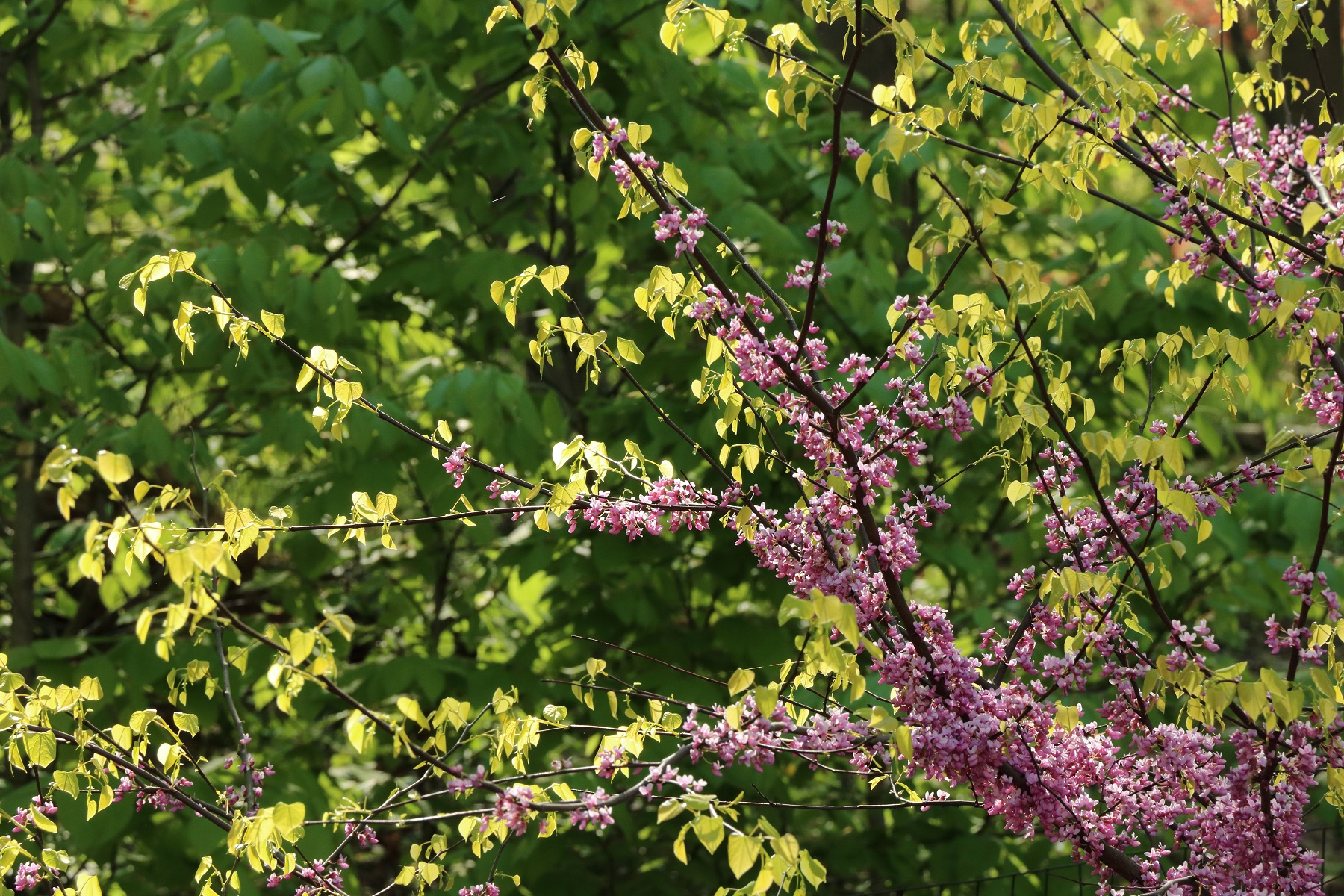
The forest is surprisingly luminous in spring, and a lot of spring ephemerals have adapted to this short window in time, where they complete their entire above-ground yearly growth cycle.
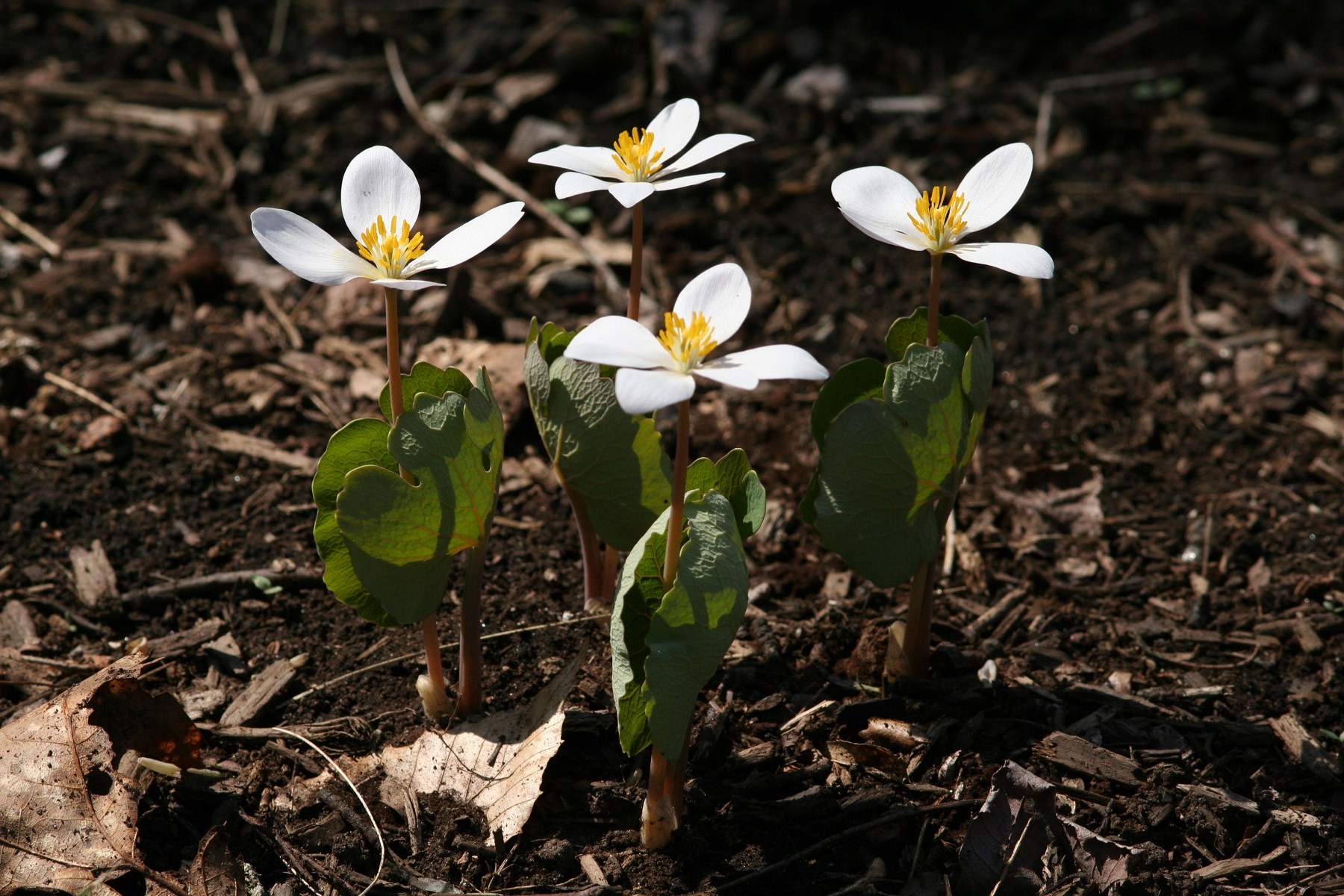
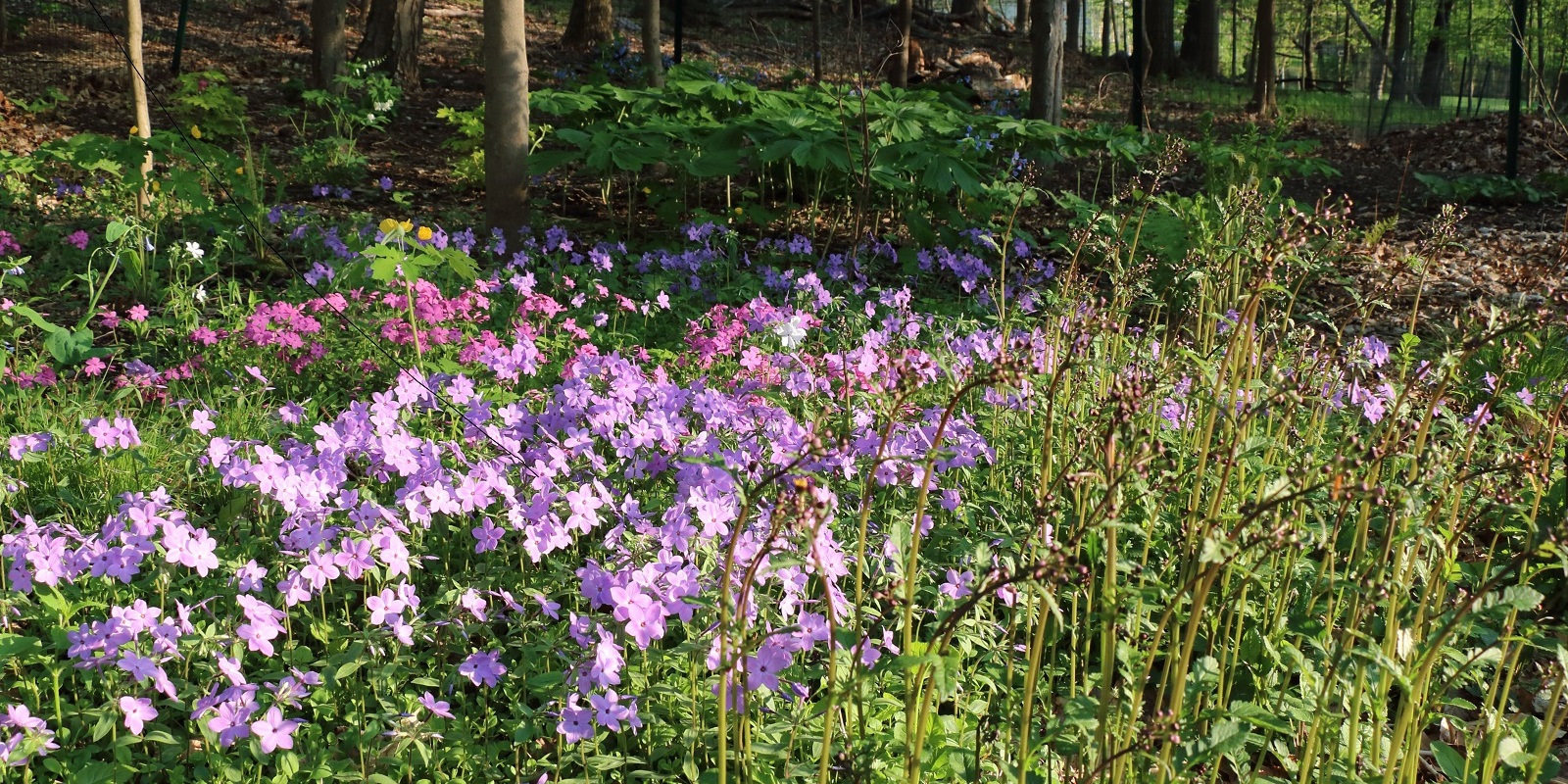
In summer there is often enough dappled sun or “light shade” in the woodland for quite a few woodland plants, native ferns , or native sedges to flourish. In contrast, the shade on the northern side of the human structure is complete, and very few plants can thrive in such an environment.
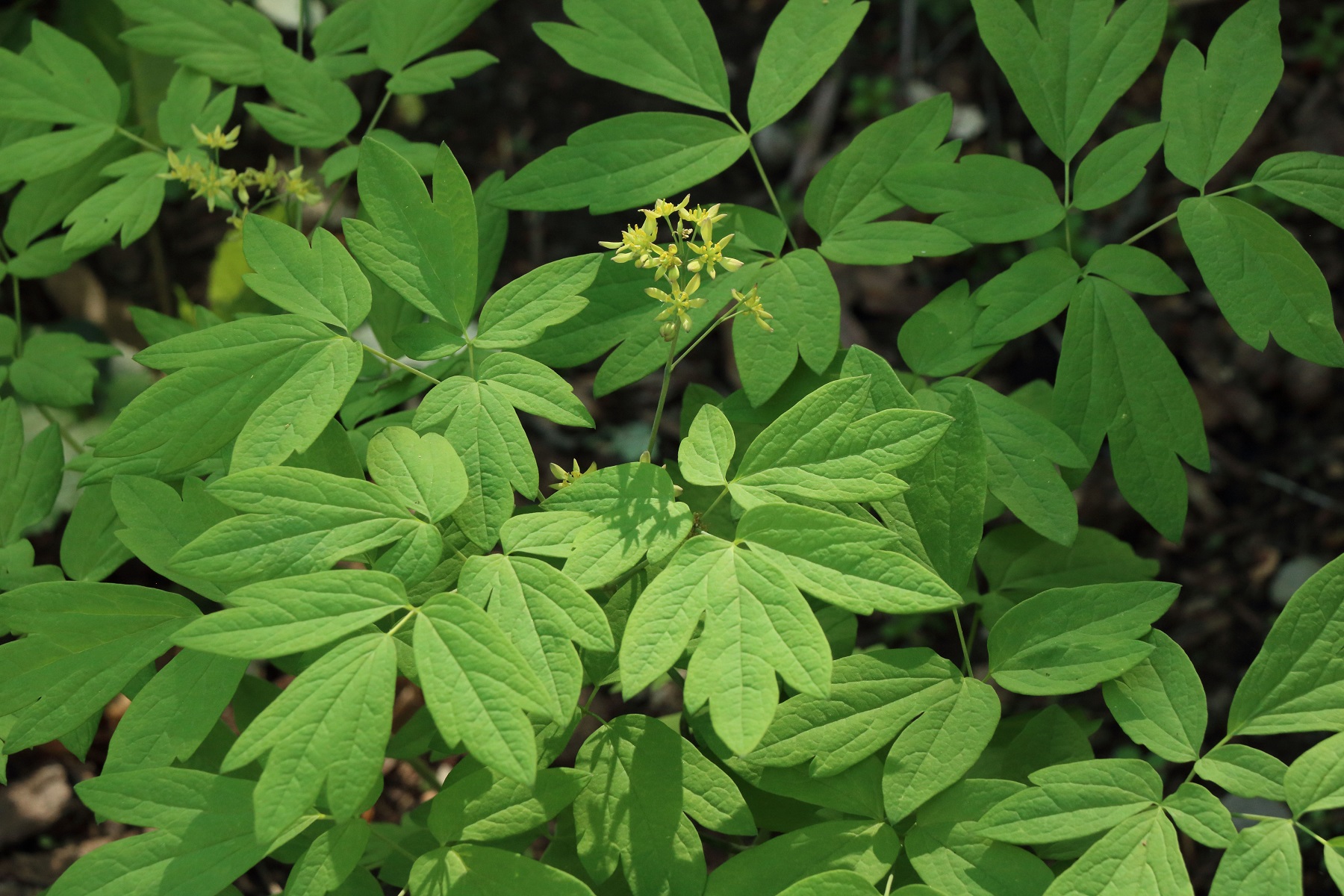
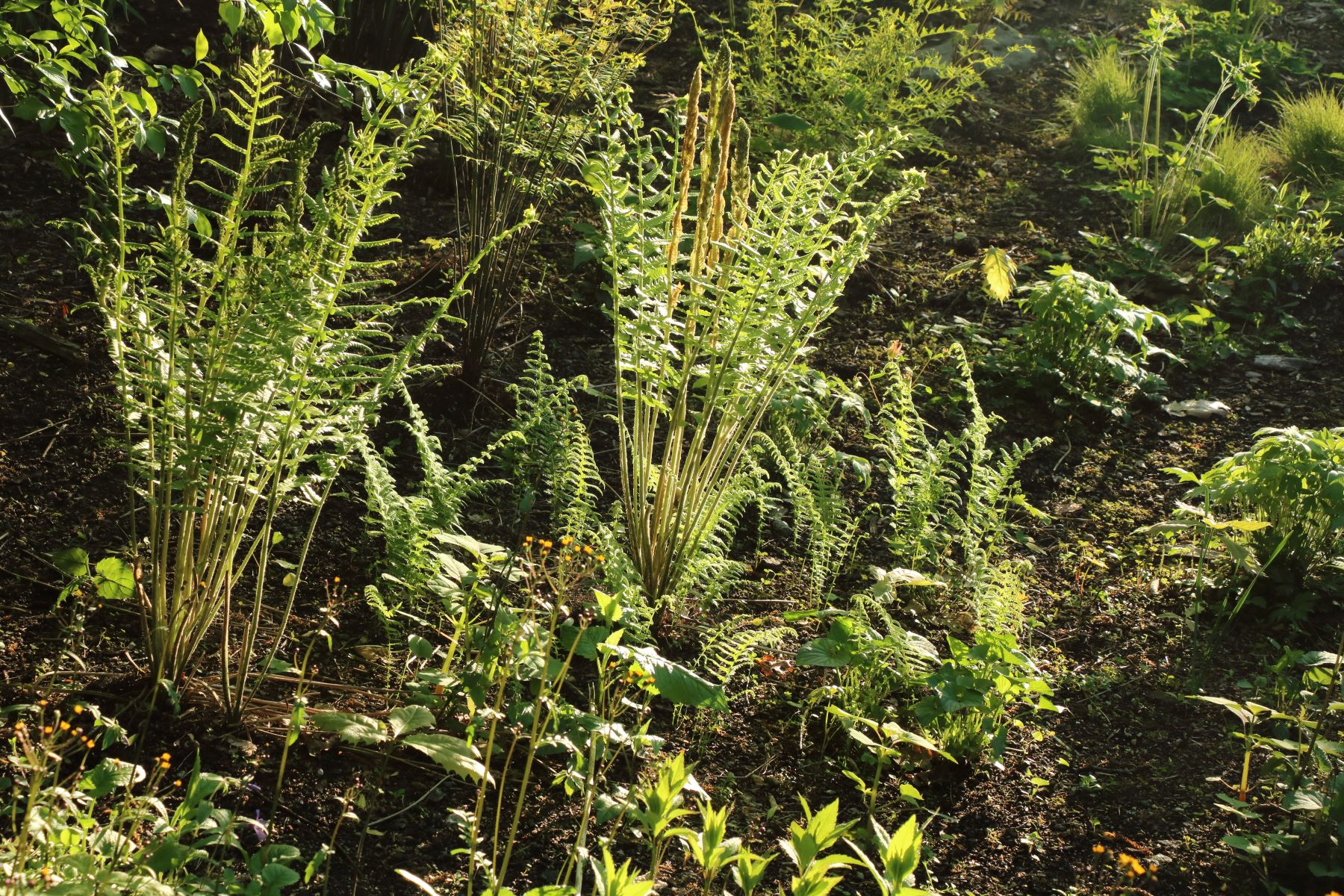
Our top 10 favorite plants for massing serve as woodland groundcovers that can deal with dappled forest shade very well. Their spreading or self-sowing habits make them ideal to fight invasive plants.
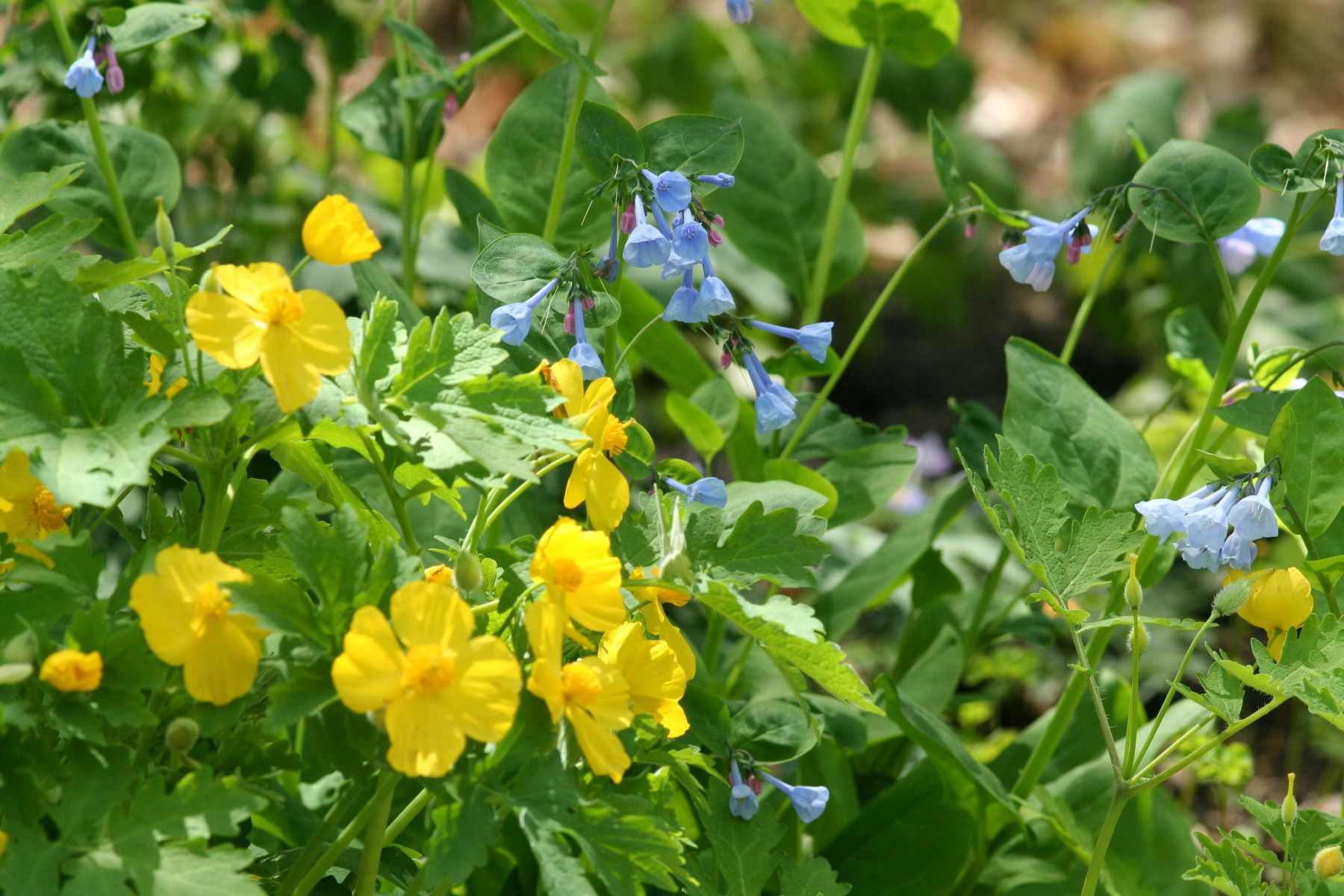
Even in shady forest gardens, there may be edge-situations, where the sun strikes 4-6 hours every day, such as near a driveway or the south-facing side of a house. Our list of native plants for the sunny edge offers fantastic choices, and many of them will attract birds such as goldfinches and hummingbirds to your home.
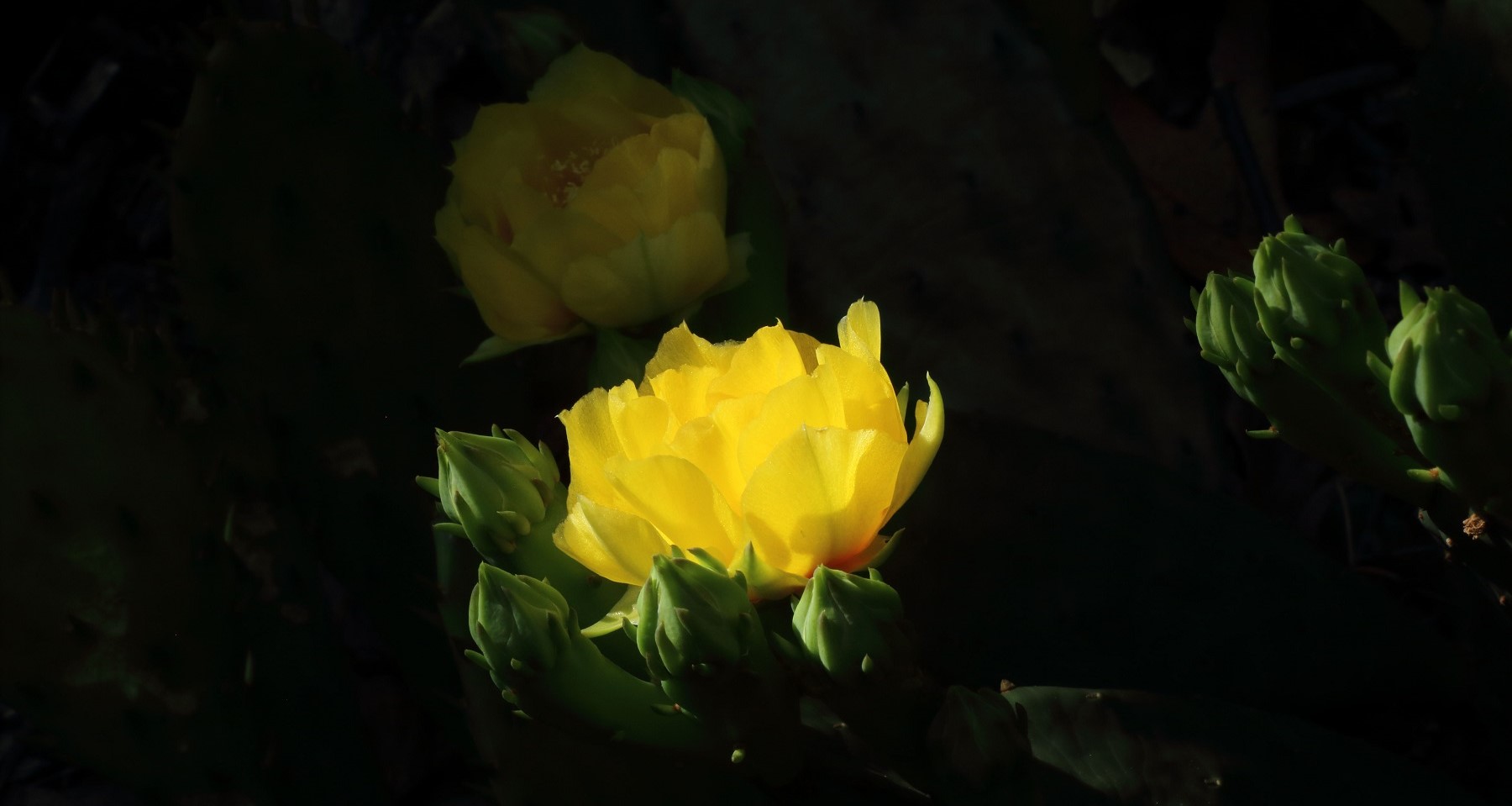
To attract the amazing Ruby-throated Hummingbird to our home, it was essential to offer at least one of its favorite nectar plants in bloom all spring and summer long. We have observed this acrobatic flyer for many years, and compiled a sequence of native plants it visits throughout the season. These flowering plants will overlap in their bloom time and give you the best chance to enjoy the Ruby-throated Hummingbird right from your porch.
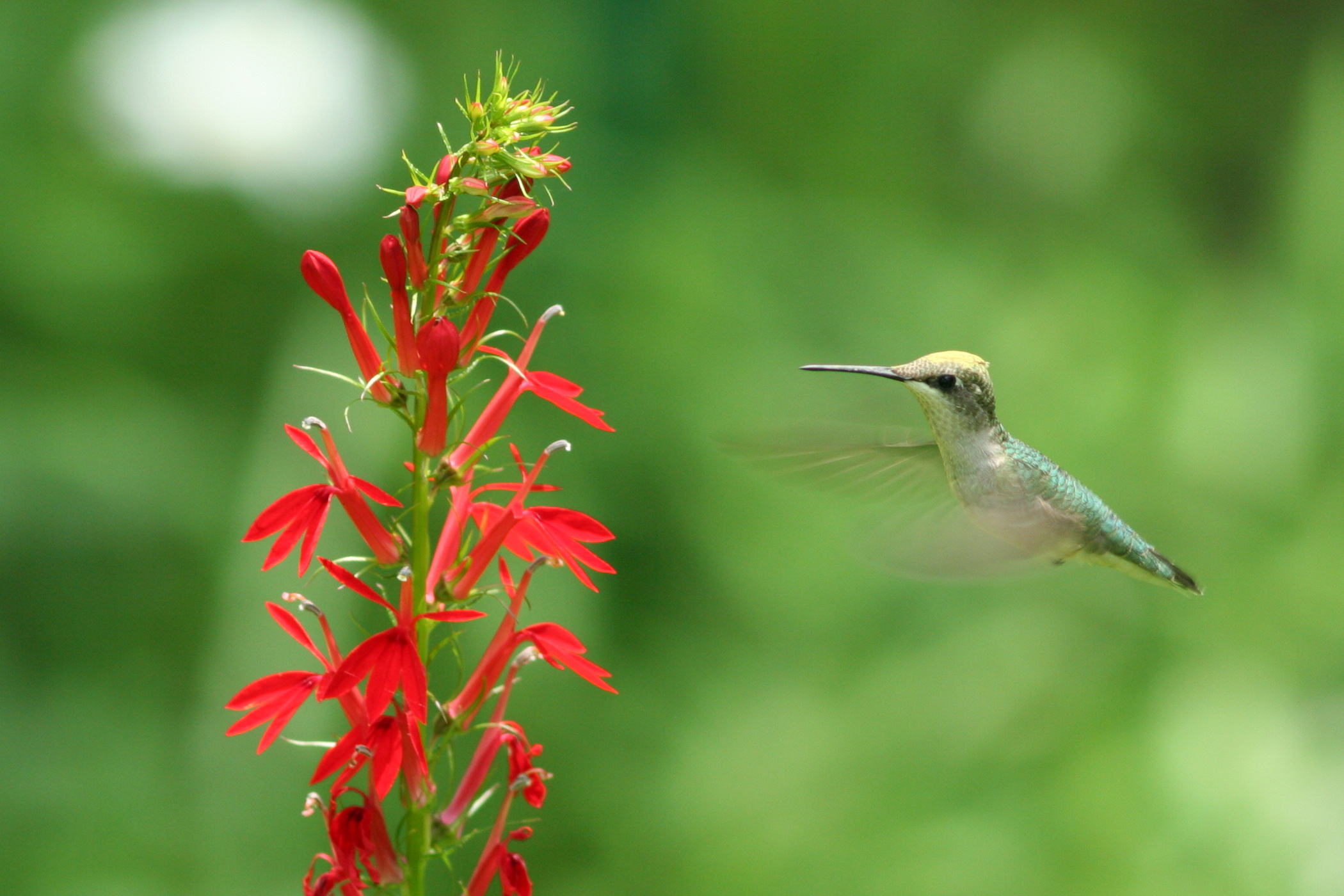
In fall, the canopy bursts into yellows, reds and browns, and some of the native shrubs and small trees such as Dogwoods, Serviceberries, or Winterberries put up one of their best shows of the year.
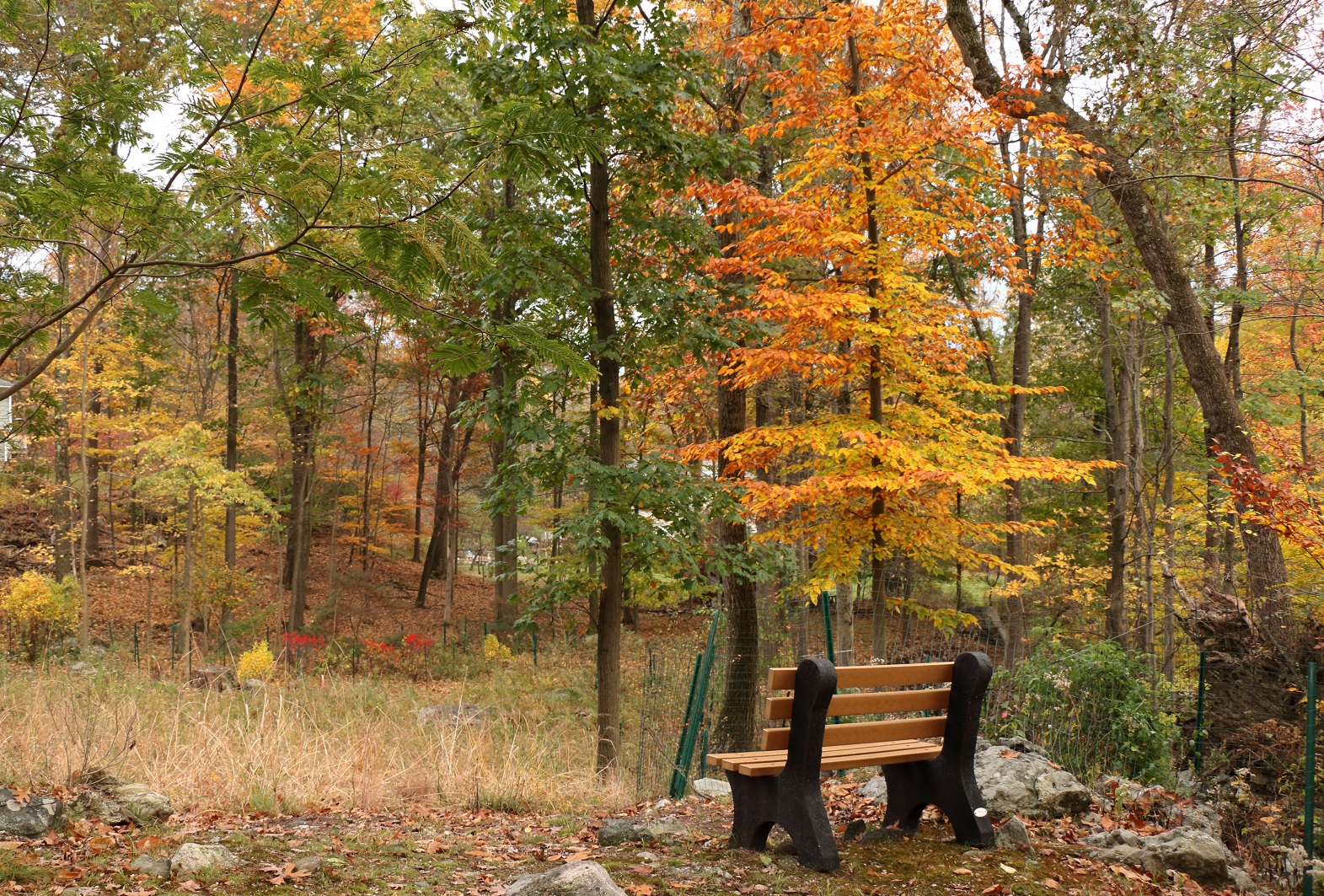
Finally, winter in the woodland garden can be serene, especially after a Nor’easter dumps a foot of snow.
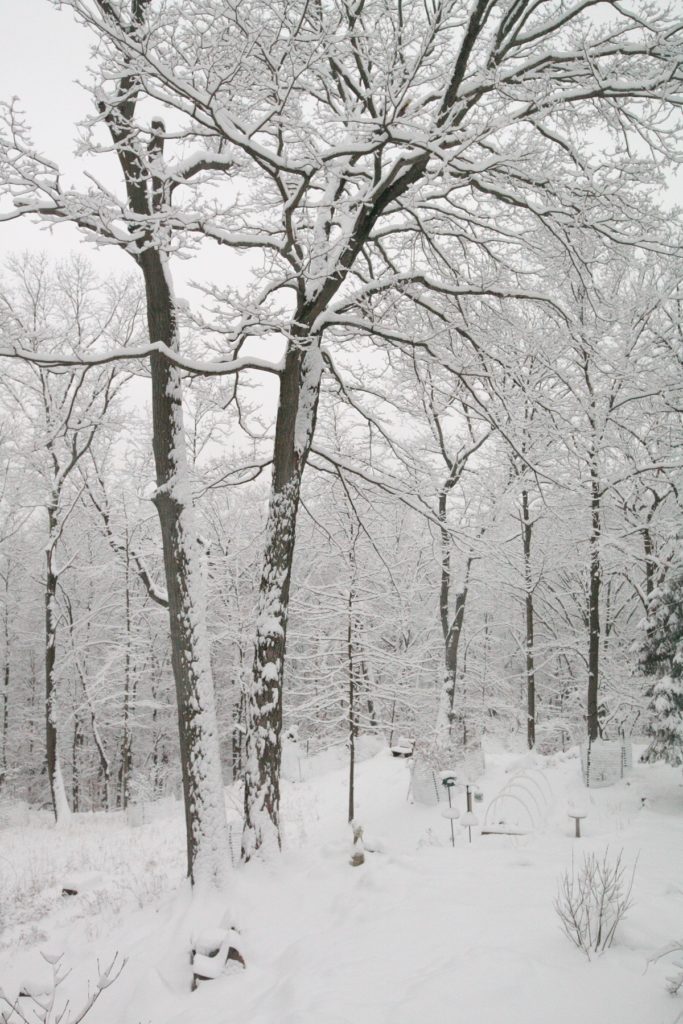
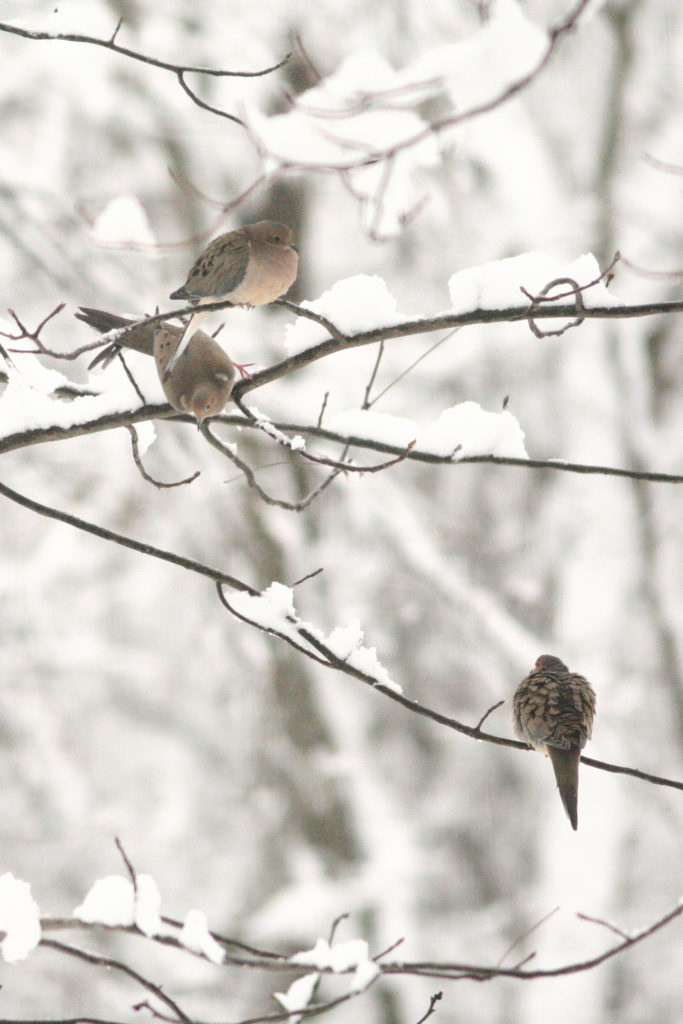
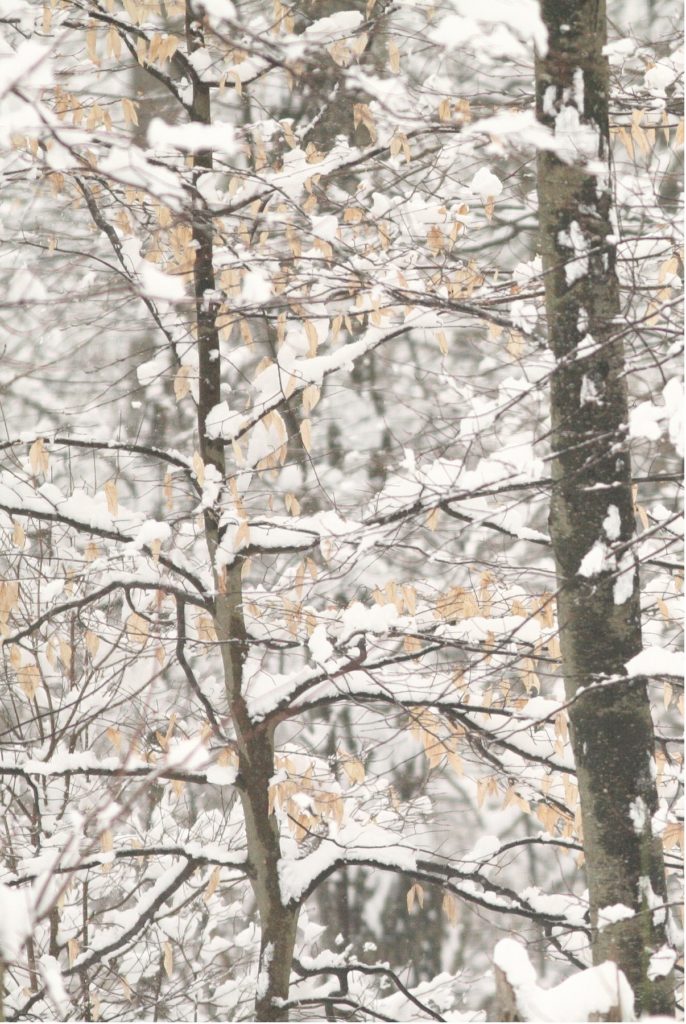
Once established, a native woodland community requires little maintenance, and can be perpetuated indefinitely if the occasional exotic invaders are promptly removed. Throw in plenty of flowering understory trees and shrubs for food and cover, and woodland animals will follow to become regular garden visitors.
We also learned to let decaying trees stand indefinitely. This may not be the most aesthetically pleasing in a garden, but in death these trees become even more valuable for wildlife than before. Just think of the amount of insects that inhabit this dead tree. Americas greatest woodpecker, the Pileated, would not be coming for a visit if it wasn’t for the treats waiting for it there.
